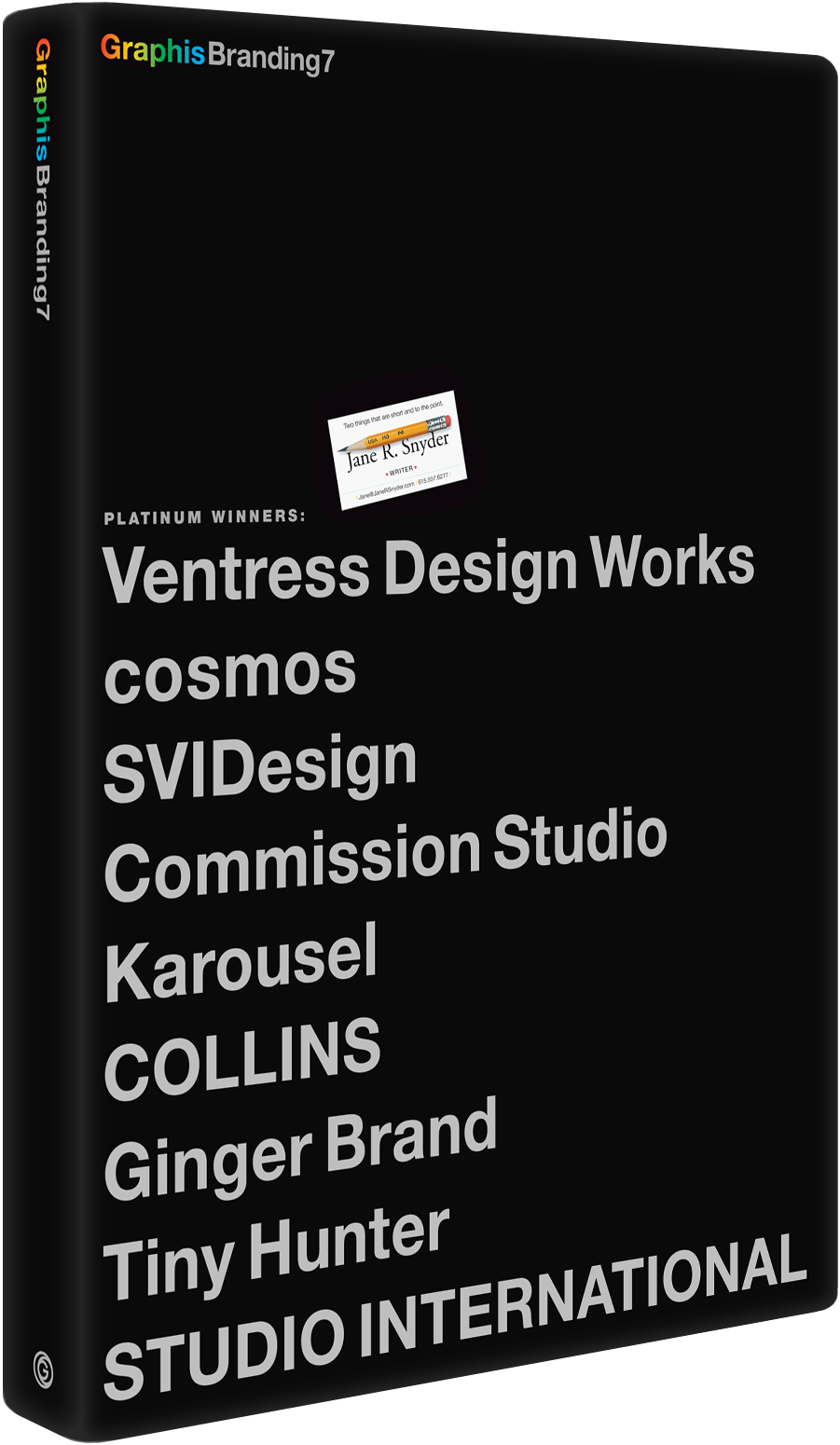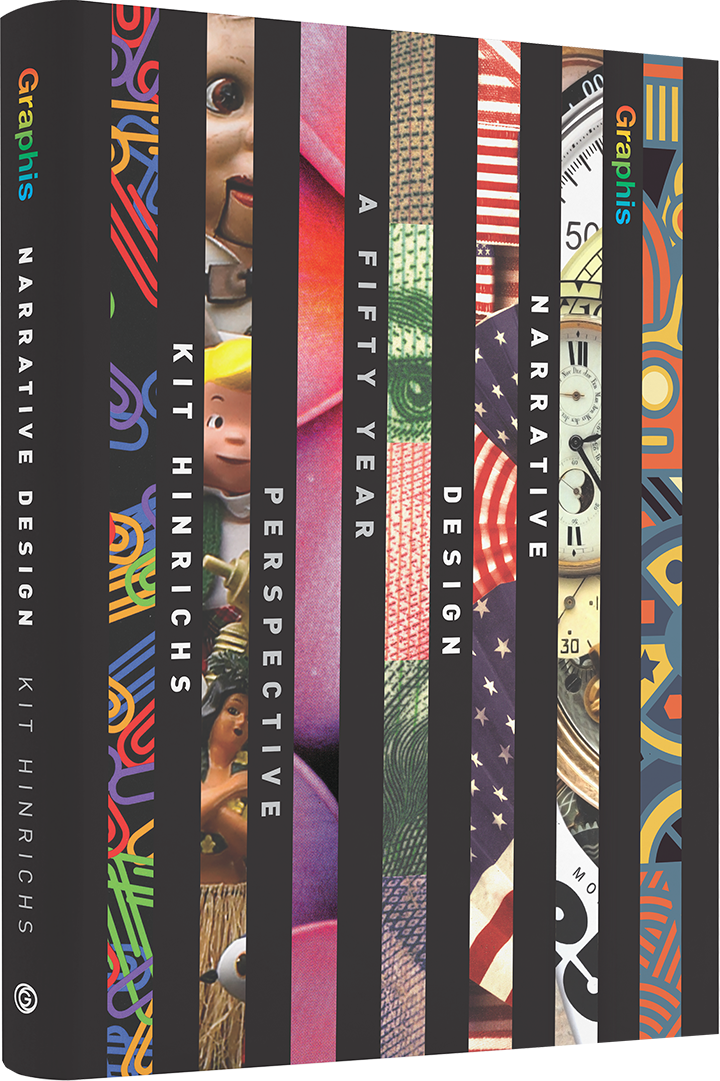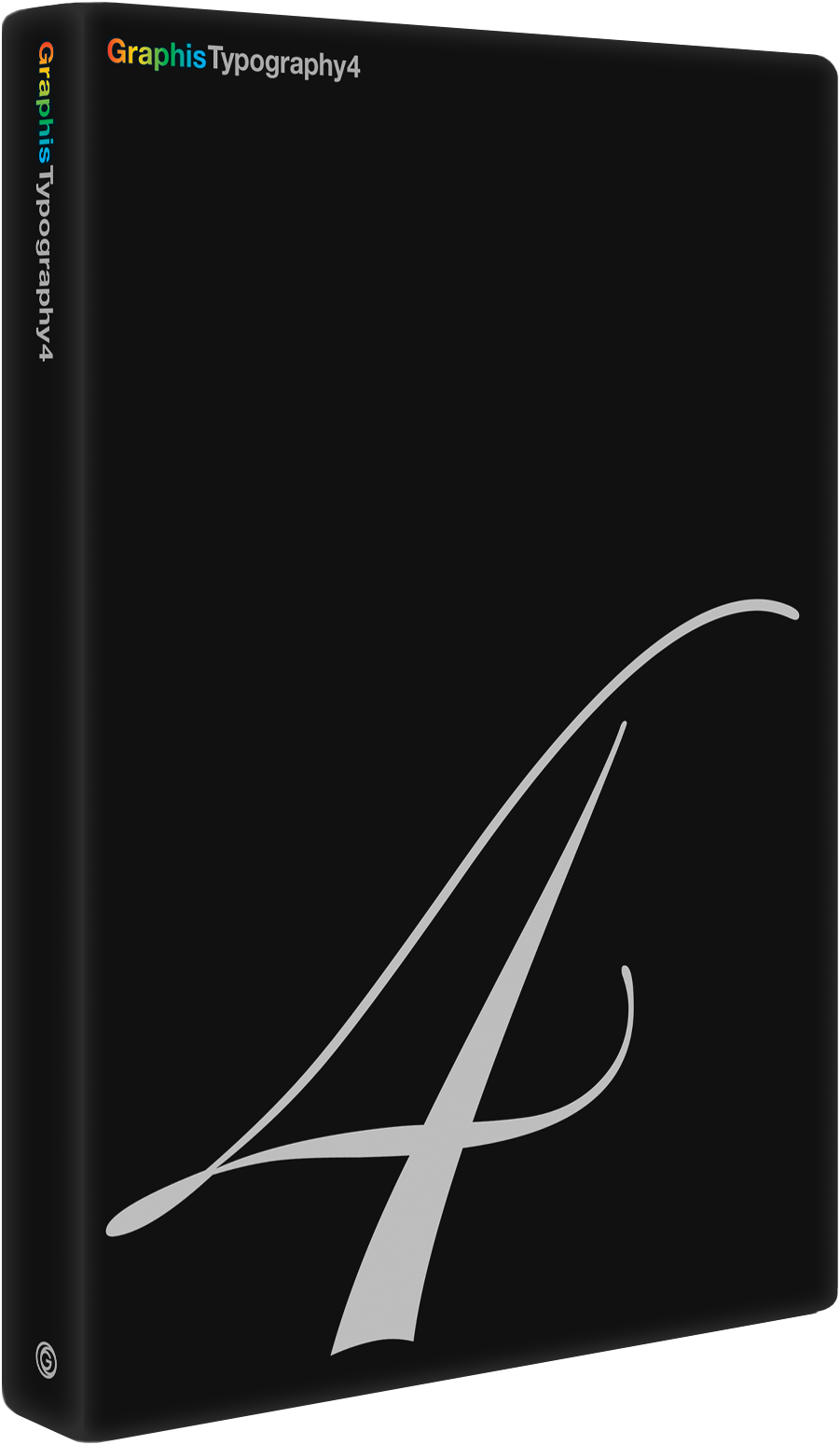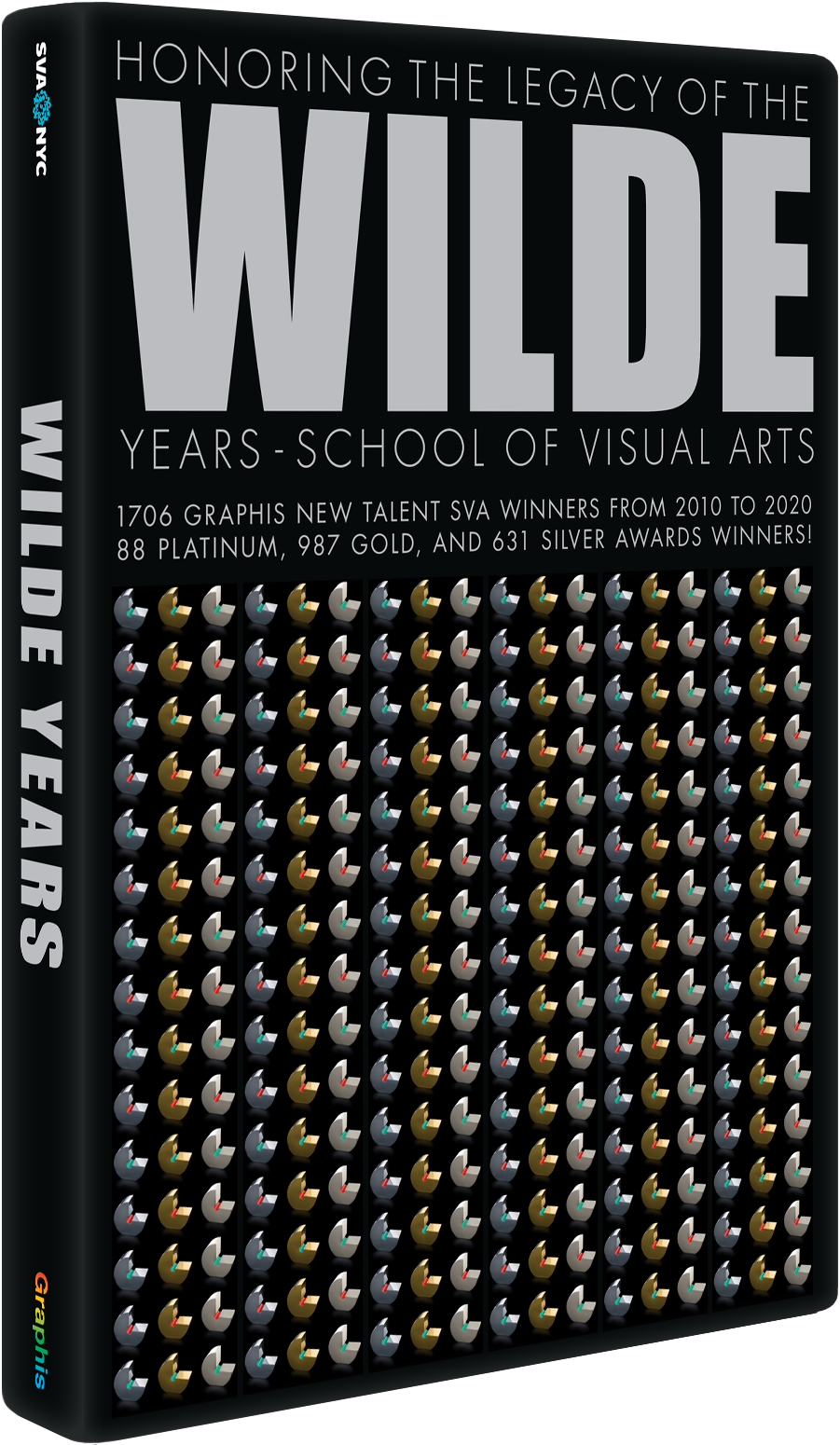Douglas May: Being Consistently Creative
After a 30-year journey leading his design firm, May&Co., Douglas May found a new calling at the University of North Texas. Passionate about nurturing future designers, he teaches essential aesthetics and critical skills, fostering creativity, critical thinking, and resilience against risk-averse tendencies. He aims to prepare students to excel, innovate, and lead in their careers.
Introduction by Ashley Owen Former Student & UX Designer, PwC
As a professor, Douglas May embodies exceptional design education through his inspiration and mentorship. His unwavering commitment to fostering creativity encourages students to think beyond conventions, and his enthusiasm is contagious. His lectures motivate students to explore ideas and not be afraid to fail. Whether it’s brainstorming ad campaigns or art direction, he instills a love for innovative and iterative thinking, and his unwavering belief in student potential fuels their determination to keep experimenting and growing. Ultimately, his professional guidance enables students to discover the art of pushing boundaries, embracing resilience, and perpetually seeking growth.
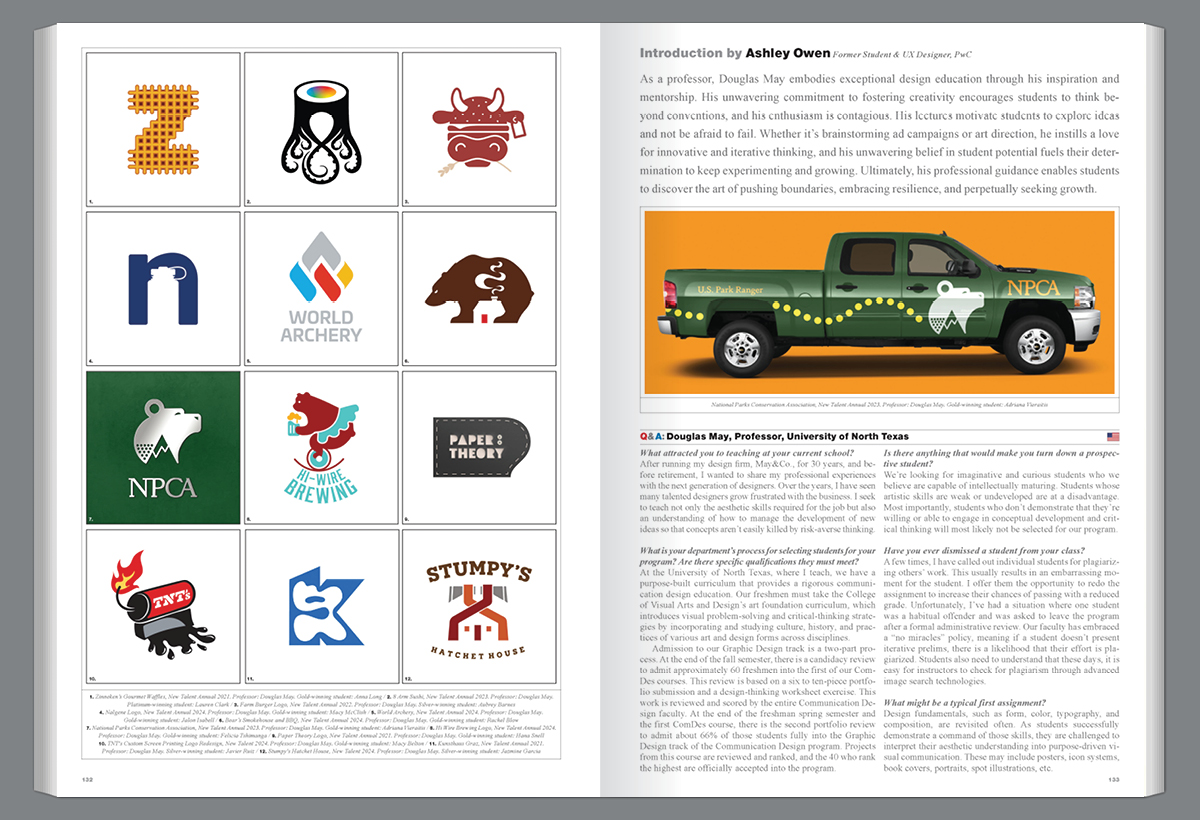
What attracted you to teaching at your current school?
After running my design firm, May&Co., for 30 years, and before retirement, I wanted to share my professional experiences with the next generation of designers. Over the years, I have seen many talented designers grow frustrated with the business. I seek to teach not only the aesthetic skills required for the job but also an understanding of how to manage the development of new ideas so that concepts aren’t easily killed by risk-averse thinking.
What is your department’s process for selecting students for your program? Are there specific qualifications they must meet?
At the University of North Texas, where I teach, we have a purpose-built curriculum that provides a rigorous communication design education. Our freshmen must take the College of Visual Arts and Design’s art foundation curriculum, which introduces visual problem-solving and critical-thinking strategies by incorporating and studying culture, history, and practices of various art and design forms across disciplines.
Admission to our graphic design track is a two-part process. At the end of the fall semester, there is a candidacy review to admit approximately 60 freshmen into the first of our ComDes courses. This review is based on a six to ten piece portfolio submission and a design-thinking worksheet exercise. This work is reviewed and scored by the entire Communication Design faculty. At the end of the freshman spring semester and the first ComDes course, there is the second portfolio review to admit about 66% of those students fully into the graphic design track of the Communication Design Program. Projects from this course are reviewed and ranked, and the 40 who rank the highest are officially accepted into the program.
Is there anything that would make you turn down a prospective student?
We’re looking for imaginative and curious students who we believe are capable of intellectually maturing. Students whose artistic skills are weak or undeveloped are at a disadvantage. Most importantly, students who don’t demonstrate that they’re willing or able to engage in conceptual development and critical thinking will most likely not be selected for our program.
Have you ever dismissed a student from your class?
A few times, I have called out individual students for plagiarizing others’ work. This usually results in an embarrassing moment for the student. I offer them the opportunity to redo the assignment to increase their chances of passing with a reduced grade. Unfortunately, I’ve had a situation where one student was a habitual offender and was asked to leave the program after a formal administrative review. Our faculty has embraced a “no miracles” policy, meaning if a student doesn’t present iterative prelims, there is a likelihood that their effort is plagiarized. Students also need to understand that these days, it is easy for instructors to check for plagiarism through advanced image search technologies.
What might be a typical first assignment?
Design fundamentals, such as form, color, typography, and composition, are revisited often. As students successfully demonstrate a command of those skills, they are challenged to interpret their aesthetic understanding into purpose-driven visual communication. These may include posters, icon systems, book covers, portraits, spot illustrations, etc.
Do you ever have students work on assignments for real clients?
Yes, we recently collaborated with the UNT Opera Department on performance posters and social media marketing for a public touring company’s performance of Carmen. We are currently working on an extensive community mural project for a new retail center in Frisco, Texas, one of the fastest-growing cities in the US and home to UNT’s North Dallas campus.
Do you ever ask students to include something they’re passionate about in their work for your class?
Yes, quite often. In upper-level classes, there are opportunities for students to self-direct topics of interest. These may include choosing to design for major brands, entrepreneurial projects, social causes, or cultural events. Our faculty advises students to avoid redundant project themes to gain a broad range of experience. After a student presents their initial research, it is not uncommon for a professor to challenge students to step out of their comfort zone by reframing hypothetical product or service enhancements. Examples of this would be envisioning Sea World Sanctuary, a theoretical aquatic reserve for retired performing killer whales. Another was the creation of a birthday party kit for children identifying as non-binary. Recently, I approved a student’s request to visualize a brewery that would specialize in cannabis-infused beers. Call it brand development, product design, service design, or whatever appropriate term, students must understand the critical role design offers in forecasting such horizon opportunities.
Do you work with students individually or in groups?
I work both ways. I work one-on-one for several class sessions, followed by an all-hands-on-deck class critique. Group critiques are critical for several reasons. For instance, when cohorts point out the same concerns as their instructors, peer criticism resonates strongly. I should add that I am open to students challenging my input, and occasionally, they prove me wrong, especially on emerging youth culture trends and the current interpretation of language, symbols, metaphors, and memes. The students keep me on my toes, and I welcome that dialog. At the end of each semester in my upper-level classes, I invite local design professionals to final [critiques] for an outside opinion. These sessions are always eye-opening for students. This reinforces how to present the work and articulate the process and aesthetic choices they made to achieve specific goals.
How do you develop and raise your students’ visual and verbal standards?
So, that’s the challenge. As I previously mentioned, high standards are introduced early in our art foundation curriculum. Besides classroom lectures, field trips, online presentations, competitions, and annual student conferences, the College of Visual Arts and Design offers several study-abroad opportunities each semester. We also have our Design Resource Room, which features an up-to-date design library. Additionally, we have a very active UNT AIGA Student Group that meets several times a month with a student-led agenda. We do promote a highly competitive environment. For students to excel, they must bring a strong and intrinsic curiosity and work ethic with them. In my classes, I quickly emphasize that with design, there’s not one correct answer. This is counterintuitive to young minds that have been prepared for standardized testing in K-12 education. Many students are looking for formulas for creativity. I emphasize learning the skill of transferring pluralistic wonderment into utility.
What percentage of a typical class goes on to create award-winning work?
With every cohort, there are always several naturally bright and gifted students. Beyond that, there is a contingent of students who improve incrementally throughout their college education. I take pride when the late bloomers win awards in Graphis New Talent or other student competitions. Maturity, trial and error, and addressing challenges in a competitive environment play a significant role in building students’ confidence to compete professionally.
At the end of the semester, what kind of advice do you give to the class?
I tell graduating seniors that if they don’t get their dream job in New York, they can make a difference wherever they land, especially in small shops where they can influence every aspect of a project and collaborate in smaller, intimate teams. Having said that, I am proud of the students who not only land their dream job but have excelled in leadership positions in their careers.
Can you name a few of your program’s graduates who have gained success? If so, what are they doing now?
Most recently, these include individuals such as Michael Ryan Wood, designer, Play SF; Gabriela Pesqueira, associate art director, The Atlantic; Hyejung Ko, product designer, TikTok; Nathan Profit, senior systems designer, American Airlines; Ashley Owen, UX designer, PwC; Brad Anthe, junior art director, Loloi Rugs; Kristina Armitage, visual designer, Quanta Magazine; Hana Snell, designer, Caliber Creative; and Javier Ruiz, designer, Tractorbeam.
Graduates from UNT’s Communication Design Program have long earned jobs at respected design firms, ad agencies, and in-house design studios throughout the country. Companies that have hired our students over the years include VSA Partners, Pentagram Design, BMW, IDEO, Nike Design, Pepsi, HKS, Neiman Marcus, Starbucks Global Creative, TRG, BBDO New York, Fossil, Turner Duckworth, TBWA\Chiat\ Day, Crispen Porter, and Louise Fili, Ltd.
We are equally proud of UNT design alumni who choose to remain in Texas to lead nationally respected studios such as Dennard Lacey and Associates, Chad Michael Studio, Caliber Creative, Tractorbeam, Matchbox Studio, and Banowetz + Company, among many others.
Of course, I share this success with a very engaged design faculty, administrators, and adjunct instructors, including professors David Wolske, Stephen Zhang, Erica Holeman, Whitney Holden, and recently retired Karen Dorff, led by associate dean Eric Ligon and design chair Hepi Wachter.
What do you think of the way so many people in the creative fields now are without any formal, never mind university-level, training?
I tell students that anyone can hit the creative bullseye once. A novice is just as likely to create a winning solution as a senior designer. The real challenge is, can one be consistently creative, evolve with the times, and innovate to sustain a lifelong career? This is exponentially more difficult. I am fortunate to have both university and art college experiences. Both offer profound educational advantages. However, I have witnessed that four-year academic degrees better prepare designers to interact with clients horizontally across the spectrum of businesses.
Douglas May is an associate professor at the University of North Texas College of Visual Arts and Design. His academic research focuses on defining communication design as an interfacing domain enabled through transcoding, i.e., converting language or information from one form of coded representation to another to allow ease of understanding. Educated at the University of North Texas and the ArtCenter College of Design, he began his career working for several prominent designers and art directors in New York. He founded the Dallas-based design firm May&Co. in 1986 and continues to consult with corporations, entrepreneurs, and non-profits by providing design communication to support strategic initiatives. His professional practice has included a range of assignments from international to local clientele. He received his MFA from Texas A&M-Commerce in 2017 and now teaches full-time at the University of North Texas, achieving academic tenure in 2023. The 2023 Golden Egg Lifetime Achievement Award from the Dallas Society of Visual Communications tops his professional recognition, design awards, and multiple career achievements, including becoming an AIGA Fellow recipient in 2011 and receiving the AAF Dallas 2020 Educator of the Year Award. His posters have been exhibited internationally by invitation in design exhibits in South Korea, England, Poland, Switzerland, and Indonesia.
Social: Instagram, LinkedIn, Facebook
To read more, preorder Journal #381 here and read the digital edition now.
You may also like
From Growing Minds to Urban Beats in Li Zhang’s Posters
Awarded Platinum and Gold in Graphis Poster 2026, Li Zhang moves between cultures, disciplines, and ideas, using…
Read MoreTakashi Matsuda Turns Lab Discoveries Into Mind-Bending Posters
Takashi Matsuda of 246 Graphics brings a painter’s intuition to the rigor of scientific inquiry, turning complex…
Read More
Related Annuals & Publications
View AllBecome a Graphis Member
- 1-Year Membership Subscription
- Enjoy 50% off on Call for Entries
- 1-Year FREE Subscription to Graphis Journal
- Your Portfolio online with profile + links
- Get 20% off on Graphis Books
